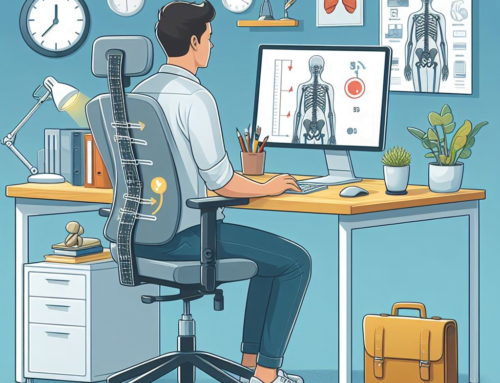The human spine is a remarkable yet intricate structure that supports our body’s framework. However, it’s no secret that back and neck issues can be a source of discomfort and disruption in our daily lives. In this article, we embark on a journey to unveil the mystery behind common back and neck problems, providing valuable insights and solutions for a healthier, pain-free spine.
Understanding the Backbone of the Issue
The Complex Landscape of the Spine
The spine, comprised of vertebrae, discs, and intricate networks of nerves, is susceptible to various issues. From the cervical spine in the neck to the lumbar region in the lower back, each segment plays a unique role in our mobility and overall well-being.
Common Back Problems
- Herniated Discs: When the soft, gel-like material within a disc protrudes, it can press on nerves, causing pain and discomfort.
- Degenerative Disc Disease: The gradual breakdown of discs over time, often resulting in pain and reduced flexibility.
- Muscle Strain and Sprains: Overuse or improper lifting can lead to strains and sprains in the muscles supporting the spine.
Also Read Do You Really Need Cervical Spondylosis Surgery? Exploring Treatment Options
Common Neck Problems
- Cervical Spondylosis: Age-related wear and tear affecting the discs and joints in the neck.
- Neck Strain: Resulting from poor posture, excessive phone use, or sudden movements.
- Pinched Nerves: Compression of nerves in the neck, causing pain and tingling sensations.
Addressing the Mystery: Solutions and Strategies
Seeking Professional Guidance
Understanding the specific nature of back and neck issues is crucial for effective management. Consulting with healthcare professionals, such as orthopedic specialists or physical therapists, can provide personalized insights and treatment plans.
Lifestyle Modifications for a Healthy Spine
- Ergonomics: Adopting proper workplace ergonomics can significantly reduce the risk of back and neck strain.
- Regular Exercise: Engaging in exercises that strengthen the core and promote flexibility is key to spinal health.
- Mindful Posture Practices: Being mindful of posture in daily activities helps prevent strain on the spine.
Empowering Your Spinal Health Journey
Holistic Approaches to Wellness
Understanding that spinal health is interconnected with overall well-being, incorporating holistic approaches is essential. Practices such as yoga, meditation, and maintaining a balanced diet contribute to a healthier spine.
Also Read Non-Surgical Treatment for Cervical Spondylosis: Effective Strategies for Relief
When to Seek Medical Attention
While many back and neck issues can be managed with lifestyle changes, it’s crucial to recognize when professional intervention is necessary. Persistent pain, numbness, or pain radiating down the limbs may require medical evaluation.
Conclusion: A Journey to a Pain-Free Spine
Unveiling the mystery behind common back and neck issues empowers individuals to take proactive steps towards a pain-free and healthy spine. By understanding the complexities, implementing lifestyle modifications, and seeking timely professional guidance, we embark on a journey to decode and conquer the challenges that our spine may present.
Note: We are also on WhatsApp, LinkedIn, and telegram, to get the latest news updates, Join our Channels. WhatsApp– Click here, to telegram – Click Here, and for LinkedIn– Click Here.





Get Social